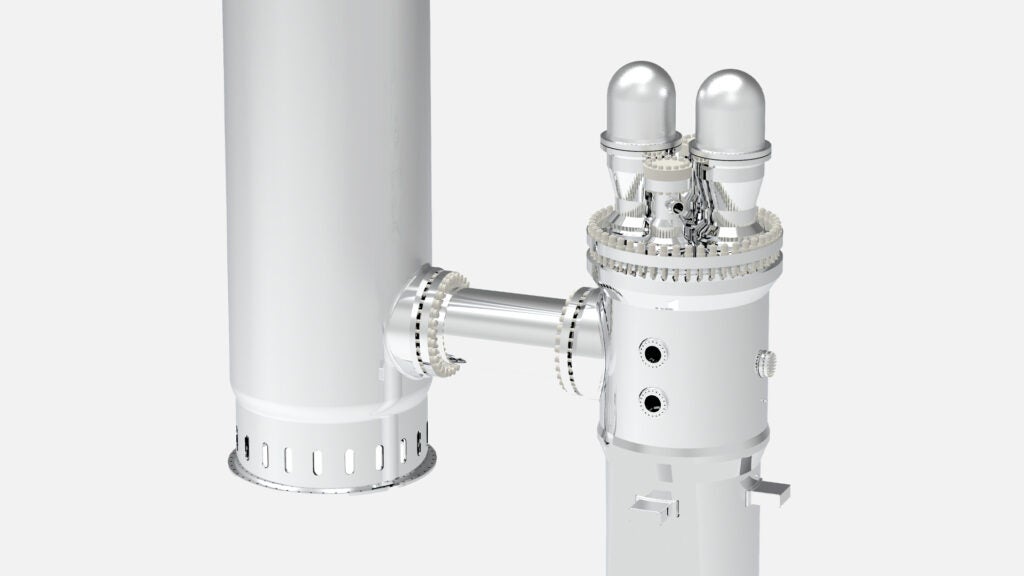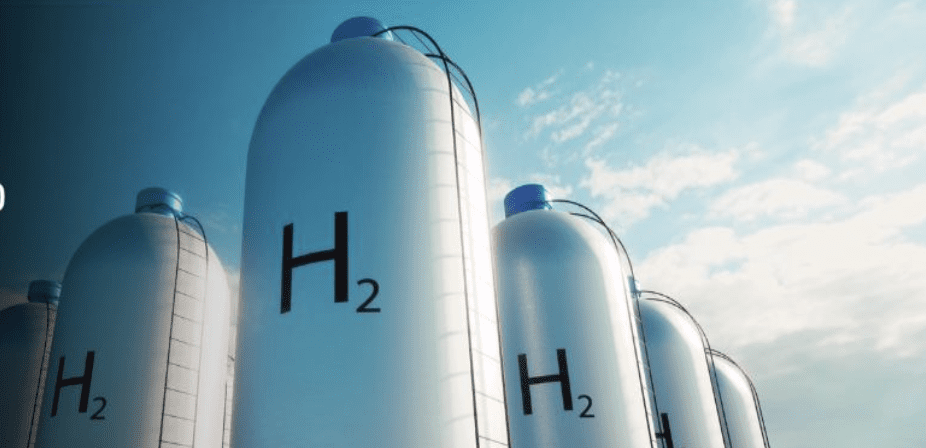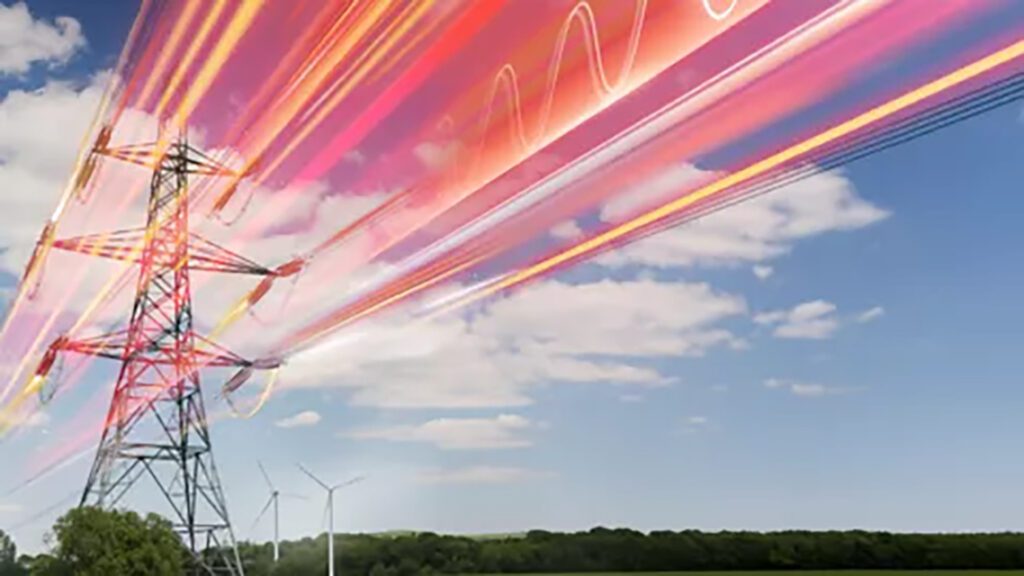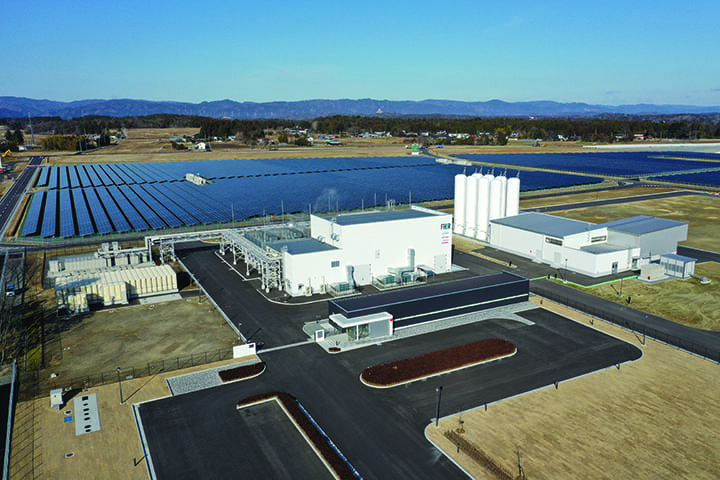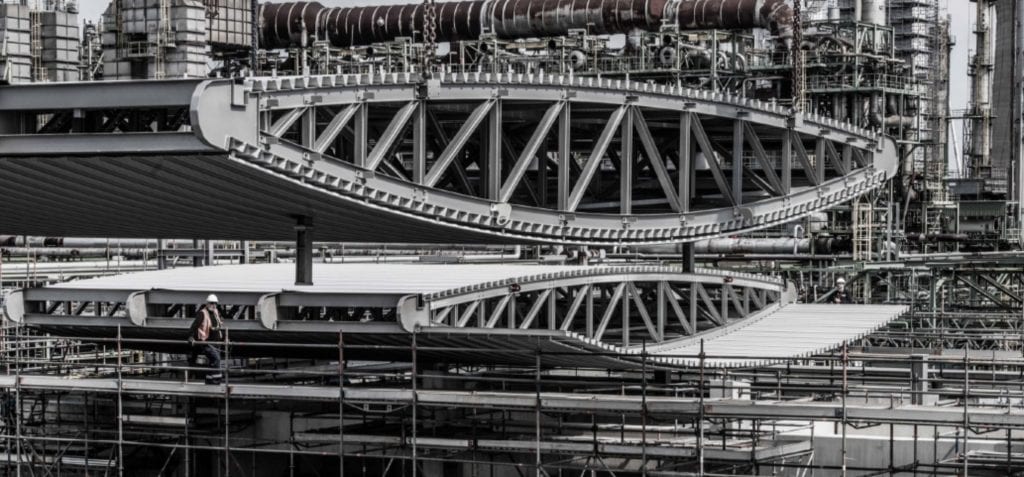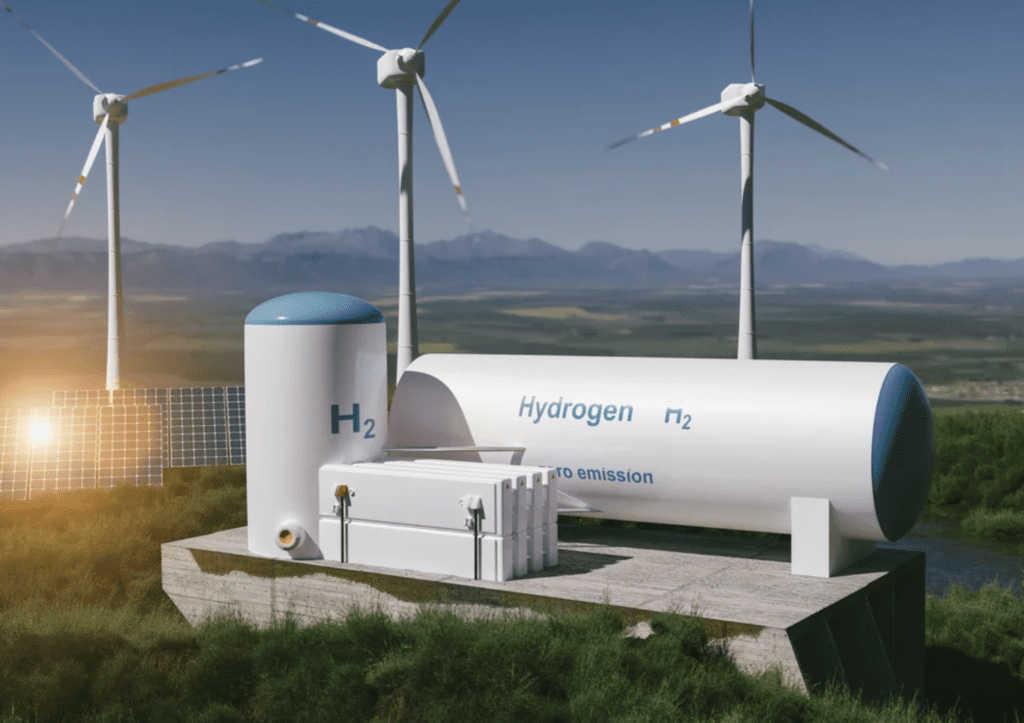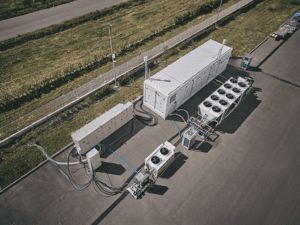
By their very nature, all chemical fuels contain energy that needs to be released easily and are therefore inherently flammable. However, if that release is not sufficiently controlled, it presents a significant injury risk both to people and property through explosions and fires.
Hydrogen, of course, is especially flammable. Counterintuitively, when it comes to safety, this is as much a blessing as it is a curse. Due to its high flammability, hydrogen burns extremely quickly, meaning damage is likely to be localised. Moreover, because it is so light, it tends to clear before there is sufficient buildup for an explosion to occur. This is quite different from petroleum vapour, which is considerably heavier than air and burns more persistently at higher temperatures, posing a significant risk of explosion and fire from any leakage.
The real risk is found when hydrogen builds up in a contained environment, such as within the outer casing of an electrolyser or fuel pump. In these situations, without the necessary protective measures, there is a significant prospect of an explosion. Indeed, the energy required to ignite hydrogen is so low that merely the movement of the air can be enough.
As a result, hydrogen demands a level of risk mitigation that is different from those used for other fuel sources. Engineers at IMI have taken an innovative approach to this problem as part of the development of its IMI VIVO proton exchange membrane (PEM) electrolyser, which is already being used for industrial and research purposes across Europe.
The IMI VIVO Approach to Hydrogen Safety
The key safety challenge facing the engineers behind the IMI VIVO electrolyser was the risk of hydrogen build up within the electrolyser casing. In response, IMI engineers adopted a three-pronged strategy. This included compliance with the highest international standards for the electrolyser itself, strategic ventilation of the unit’s casing to minimise the chance of hydrogen buildup, and advanced monitoring to shut down the electrolyser well before concentrations of hydrogen reach dangerous levels.
The IMI VIVO PEM electrolyser produces green hydrogen from renewable power sources such as solar and wind. It has been designed for organisations with power demands between 100 kW and 5 MW that fall below the threshold for larger electrolyser solutions on the market.
It is a turnkey solution, mounted within a standard shipping container, significantly lowering the capital expenditure (CAPEX) necessary to begin producing green hydrogen. The containers are also fitted with a fuel cell and a storage system, eliminating the complications that can arise once the hydrogen itself has been extracted. The solution offers a proven source of green hydrogen across a range of applications from the petrochemical and refining sector to fuel for transport and mobility, where hydrogen offers a number of advantages in circumstances where electrification is not viable.
The electrolyser has been developed in accordance with the highest international safety standards, including IEC 61511/61508. The intention here is to minimise the chances of leakage from any of the electrolyser components, thus avoiding any buildup of hydrogen in the first place. Crucially, IEC 61508 requires the evaluation of the entire safety chain involved in the electrolysis process. Meanwhile, IEC 61511 sets requirements for the installation and commissioning of the electrolyser, as well as for the evaluation of safety-critical software.
With the buildup of hydrogen within the electrolyser casing identified as the key risk, effective ventilation is a necessity. However, engineers first need to determine where buildups are likely to occur before installing vents. To do so, the IMI team used computational fluid dynamic simulations to model how hydrogen would build up within the casing in the event of a leak from the components of the electrolyser.
As little as a 4% concentration of hydrogen in the air is sufficient for ignition. That means it is crucial that this figure is never reached within the electrolyser casing. Effective ventilation has an obvious role to play here. However, the IMI VIVO electrolyser does not rely solely on ventilation. It is equipped with an array of sensors that will automatically shut off the electrolyser stack if concentrations within the casing rise above just 1%. This is especially important because hydrogen is both invisible and odourless.
Learnings
Like any fuel, there are inherent risks involved when generating, storing, transporting, and refuelling hydrogen. What differs is the precise nature of the risk and, therefore, the strategies required to ensure safety. The approach used by IMI with the IMI VIVO electrolyser offers a model with a number of redundancies to substantially reduce the inherent risks of hydrogen fuel.
However, the element of IMI’s approach that is arguably the most important, is its compliance with international safety standards. They provide an objective set of criteria with which to assess the end-to-end safety performance of the electrolysis process. To find out more about the IMI VIVO electrolyser, please visit: https://vivo.imi-critical.com/.
—Andrea Pusceddu is director of business development for Hydrogen at IMI.



